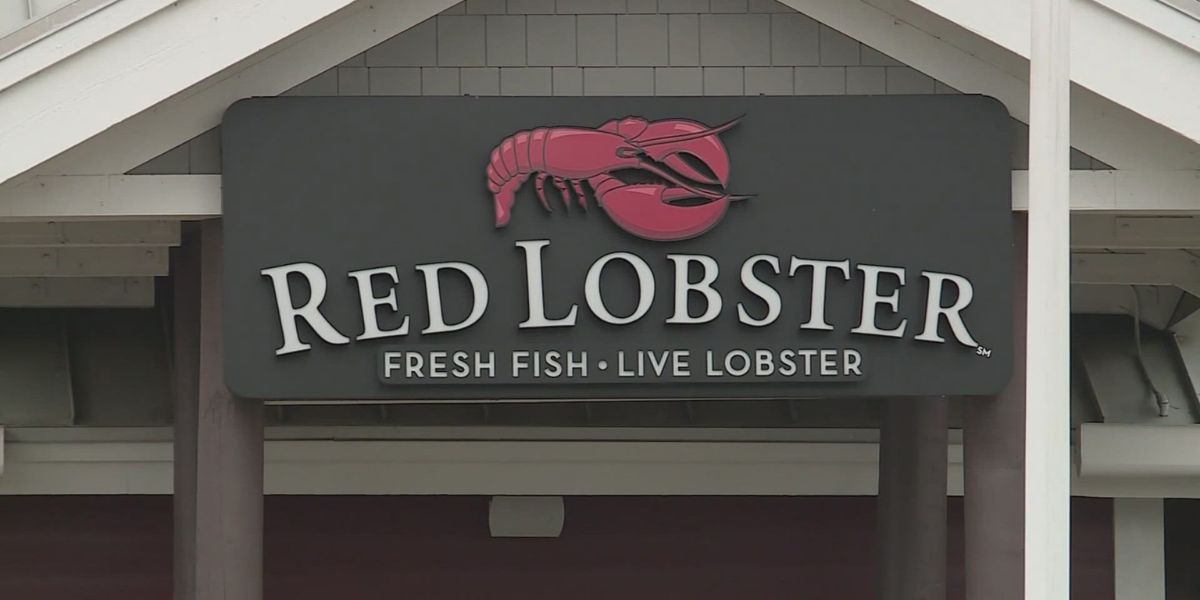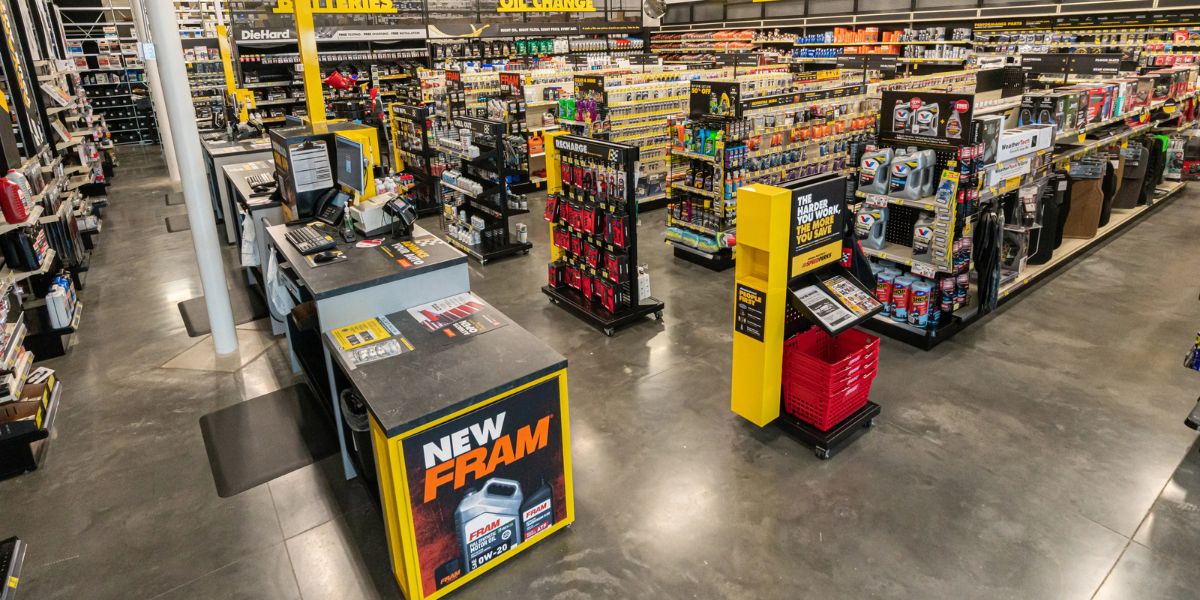Just over 90 days ago, America’s largest and most well-known seafood restaurant chain released a declaration that essentially validated all of the rumors concerning the company’s overall health and capacity to continue operating.
Red Lobster’s Chapter 11 bankruptcy filing on May 19th said that it would close around 100 sites across the country, including two Illinois Red Lobster restaurants–which is exactly what happened. 99 stores in 28 states have closed, including those in Danville and Bloomingdale, Illinois.
Initially, those locations were listed as temporarily closed, however, the status has since been modified to “permanently closed.”
According to a filing last week, Red Lobster plans to eliminate even more outlets, including sites in Illinois.
Unexpected About of Closures
The seafood business, which is recognized for its broad menu of fresh seafood dishes and casual eating atmosphere, had previously planned a small number of closures as part of its strategic realignment. However, new developments have revealed considerably larger-scale shutdowns. The decision to close these additional locations was made in response to a variety of causes, including changing market conditions, diminishing sales, and operational issues.
Illinois Locations are Among Those Affected
Illinois, a crucial market for the brand, is one of the states facing significant closures. Several eateries in major cities including Chicago, Aurora, and Naperville will close their doors. This move is especially surprising given the state’s track record of great performance for the chain. The closures in Illinois are expected to affect a substantial customer base, many of whom have been regulars at these establishments.
Reasons for the Closures
The seafood chain’s management cites several causes for the unexpected shutdown. Among these is the effort to sustain profitability in a highly competitive market. Rising operational costs, supply chain interruptions, and changes in consumer dining preferences have all influenced the decision. Furthermore, the company has struggled with staffing and maintaining consistent quality across its locations, which has hampered its financial performance.
Impact on Employees and Communities
The closing of these locations will have a substantial impact on employees and the surrounding community. Many employees will be laid off, and the corporation has pledged to support and assist those affected. The closures will have an impact on local economies, particularly in locations where the seafood company has been a major employer and community staple.
Residents who frequented these places may have to seek alternative dining options, thereby reducing convenience and familiarity. The chain’s withdrawal from these communities may also result in a lack of local dining options, especially for individuals who value the seafood chain’s distinctive offerings.
Company’s Future Outlook
Looking ahead, the seafood firm intends to concentrate on its remaining outlets while revising its business strategy to respond to changing market conditions. This could involve upgrading its menu, investing in technology, and pursuing new business prospects. The corporation has not ruled out further expansion but has underlined the importance of a more cautious and strategic approach.
The decision to close additional locations mirrors a larger trend in the restaurant sector, in which businesses are reevaluating their footprints and responding to changing consumer demands. The seafood chain’s management has expressed regret over the closures but thinks that these moves are vital for long-term viability and success.
Customer Reactions
Customers have had various reactions to the closures. Many longtime customers have voiced disappointment and irritation, particularly those who had grown accustomed to the chain’s consistent quality and service. Former customers have taken to social media to express their displeasure at the closure of their favorite restaurants.
In contrast, some customers recognize the company’s need to make difficult decisions in light of present market conditions. They recognize the issues confronting the restaurant business and support the chain’s efforts to reorganize its operations for future success.






